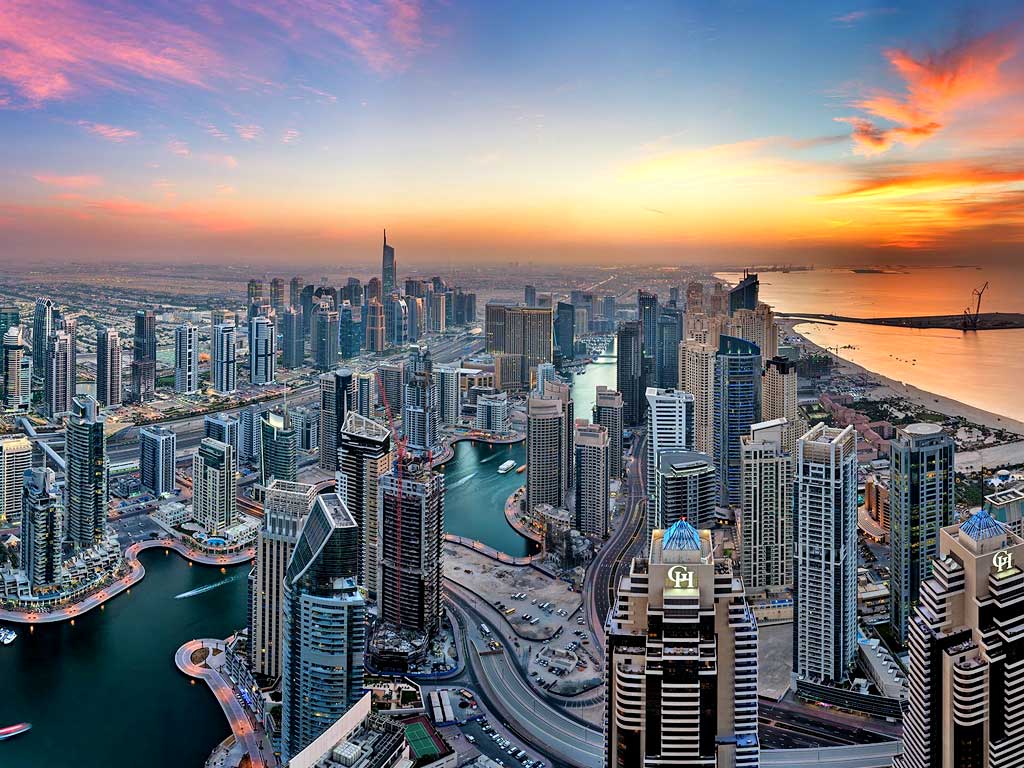Introduction
In the heart of the Arabian Gulf, where golden sands meet azure waters, a timeless garment weaves its way into the cultural fabric—the kandura. More than mere clothing, the kandura embodies heritage, pride, and a connection to centuries-old traditions
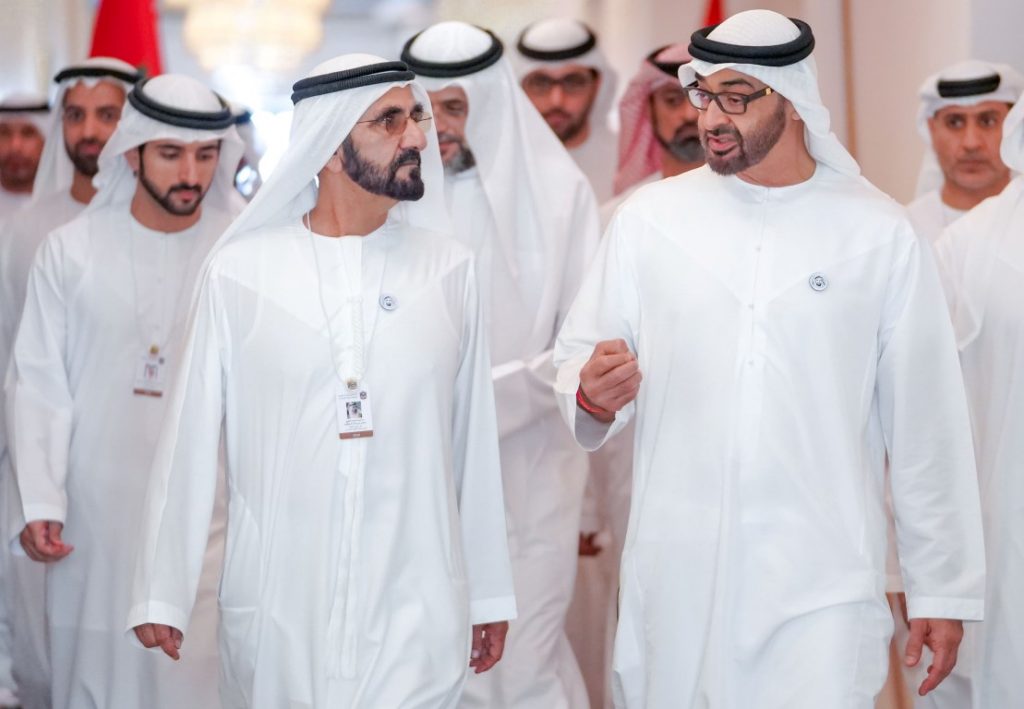
In this article, we delve into the timeless tradition of the kandura, exploring its significance in the cultural landscape of the Arabian Gulf. Traditional attire plays a pivotal role in shaping cultural identity, serving as a symbol of heritage and pride for generations.
History of the Kandura:
The kandura, also known as a thobe or dishdasha, traces its lineage back through the sands of time. Its roots lie in the Bedouin lifestyle—a practical robe designed for desert survival. Over generations, it evolved, adapting to changing climates and social contexts.
The kandura is more than attire; it’s a reflection of identity. From the bustling souks of Dubai to the quiet oases of Oman, this flowing garment unites Gulf nationals. It whispers tales of resilience, trade, and the nomadic spirit.
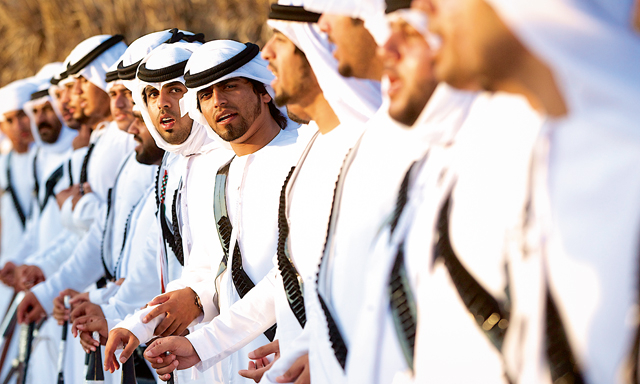
Design and Features:
Picture a long, ankle-length robe with wide sleeves. Its simplicity is deliberate—a canvas for individual expression. The kandura is typically white, symbolizing purity and modesty. The collar, neckline, and cuffs may feature delicate embroidery or contrasting stitching.
A quintessential feature of the kandura is its loose, flowing design, providing comfort and functionality in the desert heat.
While white remains the classic choice, regional variations exist. Variations in styles and colors offer insight into regional preferences and personal tastes. In Oman, kanduras often feature intricate patterns along the front placket. In Qatar, a maroon or brown kandura signifies distinction. Each hue carries its own story.
Symbolism and Meaning
The kandura transcends fashion—it’s a marker of identity. Beyond its aesthetic appeal, the kandura holds deep cultural significance. Wearing it is an affirmation of heritage, a nod to ancestors who roamed these deserts. It symbolizes unity, modesty, humility, respect, and a shared legacy.
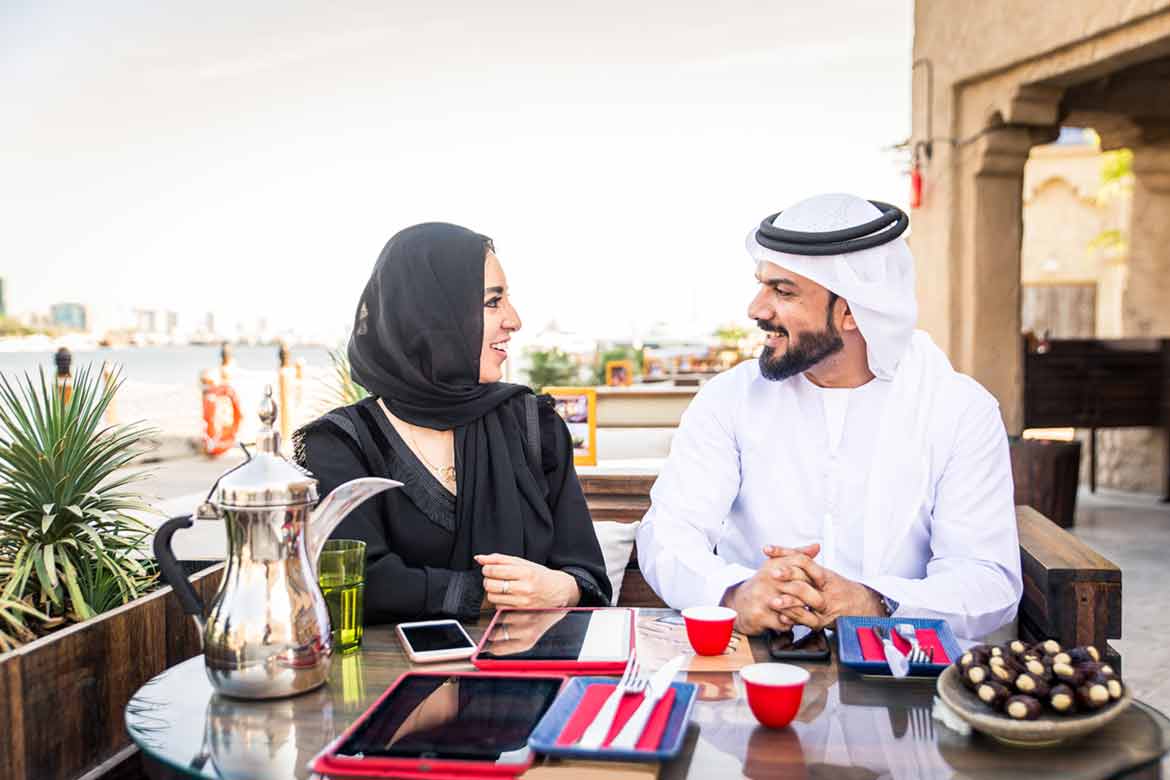
The tassel-like agal atop the kandura’s head signifies Bedouin origins. It once secured the headscarf against desert winds. The open neckline allows air circulation, keeping the wearer cool. Even the length has purpose—protecting legs from sun and sand.
Regional Differences
While the basic silhouette of the kandura remains consistent across the Gulf region, subtle variations in design and embellishment distinguish styles worn in different countries. These regional differences reflect unique cultural traditions and historical influences, highlighting the diversity within Gulf societies.

From the UAE’s crisp, tailored kanduras to Saudi Arabia’s voluminous versions, each Gulf country adds its flair. Bahrain favors shorter lengths, while Kuwait embraces intricate embroidery. The kandura adapts to local sensibilities.
In Qatar, the kandura is part of daily life, worn to work, weddings, and Friday prayers. In Oman, it’s a symbol of national pride. The kandura reflects the nuances of Gulf societies.
Social and Religious Context:
Wearing a kandura is more than donning clothes—it’s adhering to social norms. It signifies respect, modesty, and adherence to tradition. In gatherings, the kandura levels social hierarchies, emphasizing equality.
During prayers, the kandura becomes sacred attire. Its loose fit allows ease of movement during prostration. The white color aligns with purity—a canvas for spiritual devotion.

The kandura holds particular importance in social and religious contexts, serving as appropriate attire for formal occasions, gatherings, and religious ceremonies.
Its modest and dignified appearance aligns with Islamic principles of modesty and decency, making it a respected garment in Muslim-majority societies.
Modern Adaptations:
Designers and fashion houses have reinterpreted traditional styles, incorporating innovative fabrics, cuts, and embellishments.
Designers now blend tradition with modern aesthetics. Slimmer cuts, subtle embellishments, and colored variations cater to diverse tastes. The kandura graces fashion runways and red carpets.
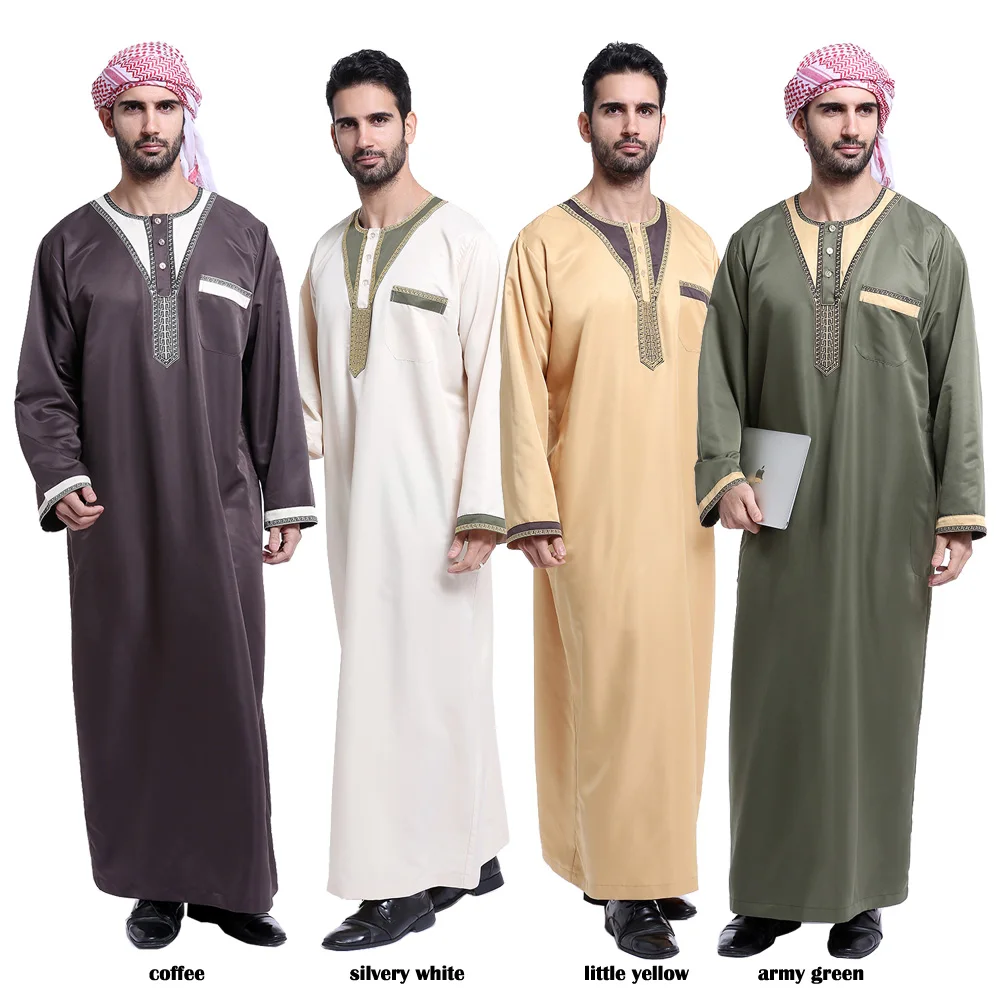
As Gulf nationals travel the world, the kandura travels with them. It’s a statement of identity, sparking curiosity and conversations. The kandura bridges cultures, inviting dialogue.
Cultural Preservation:
Efforts to preserve and promote traditional attire, including the kandura, are essential for safeguarding cultural heritage. Organizations and initiatives dedicated to preserving traditional crafts and promoting indigenous clothing play a vital role in ensuring that future generations continue to embrace their cultural identity.
This is partly what 24HourKandura stands for -- exporting culture to tourists.
Personal Stories and Experiences:
Personal anecdotes and experiences offer insight into the significance of the kandura in individual lives. Listen to the elders—their memories of their first kandura, the pride they felt during celebrations, the comfort it brings during summer heat. Each thread holds a story.
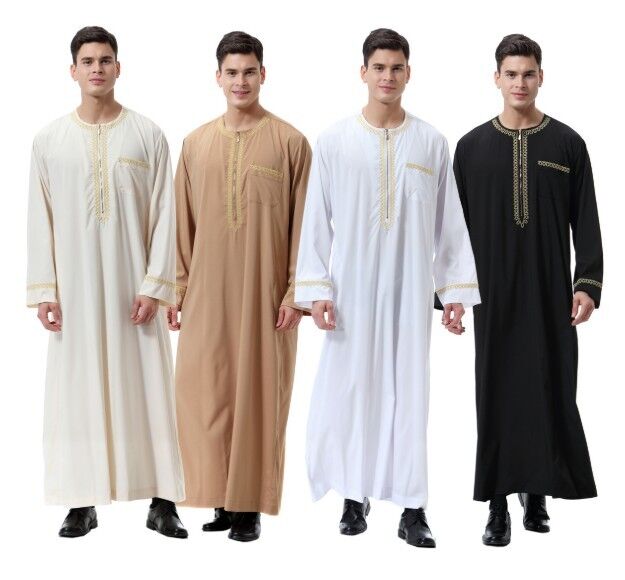
In conclusion, the kandura stands as a symbol of cultural identity and tradition in the Arabian Gulf. Its timeless elegance, symbolic significance, and adaptability reflect the dynamic nature of Gulf societies. As we celebrate the enduring legacy of the kandura, we recognize its role in preserving cultural heritage and fostering a sense of belonging among Gulf communities.


